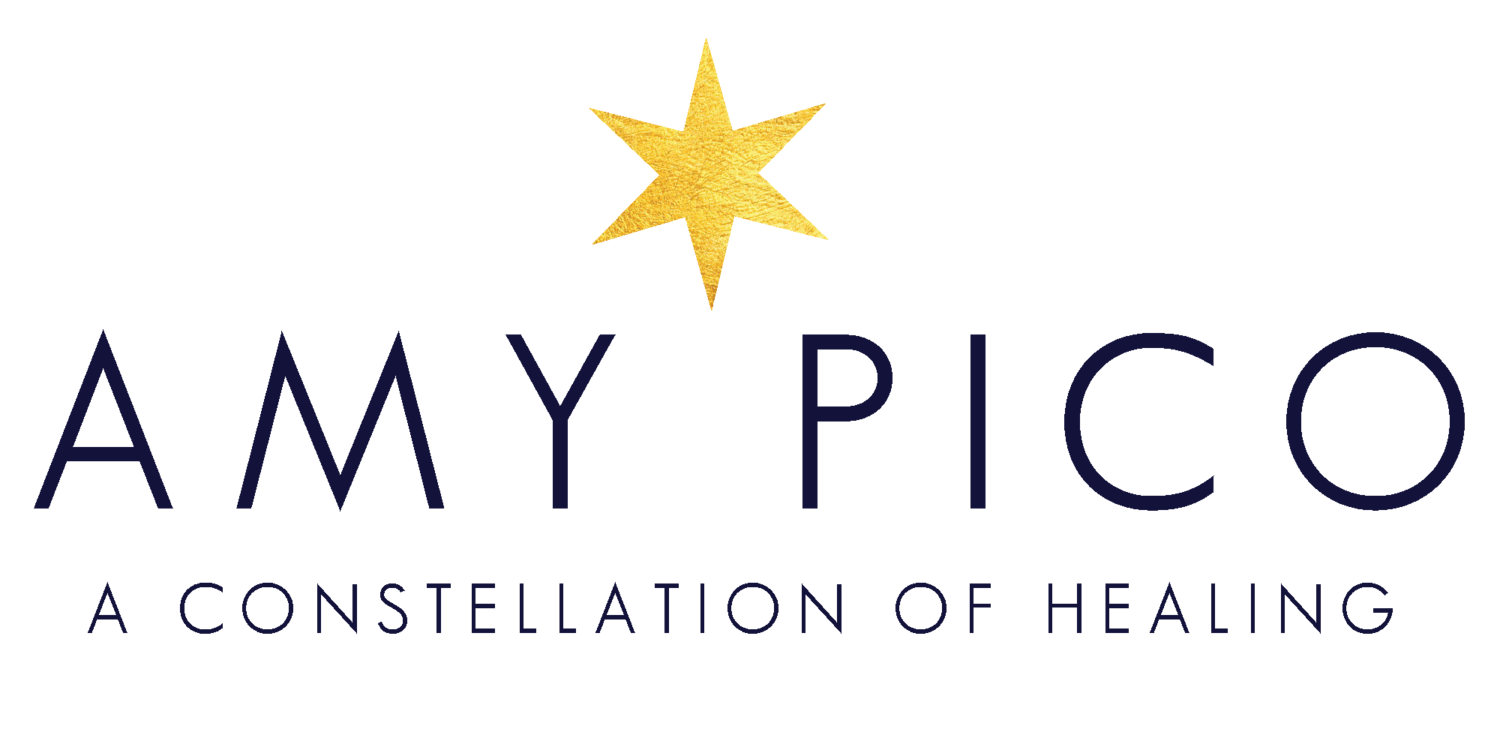A brief (or long) three weeks ago, before COVID-19 sent us to our rooms, I spent the week in Atlanta dog sitting for my sister and brother-in-law.
Angie and Mike live in the city, so I was taking daily walks with their dogs along with my dog who came along for the ride. I was uncertain how I would feel being in a large city for a week, but I was observant of myself and my body.
By the time Friday rolled around, I was starting to feel a bit claustrophobic, being in close proximity to so many people. This was not a new sensation, but one I have honed over the years in knowing that my body and mind are connected, and give me helpful clues in how stressed I may be.
Saturday I found a local forest preserve in the city, and went on a solo hike to be among the trees. Just being around water and trees allowed me to start breathing a bit deeper into my lungs. So now, in the midst of our (near) worldwide quarantine, I will be offering a few hacks that are taken from my own life hacks over the years. None of them will surprise you, but we may be noticing the ways in which we do (or don’t) care for ourselves in a more glaring light.
Quarantine Hack #1: Get Fresh Air!
I know many of you around the world are no longer allowed to even go outside. I hope you are able to at least crack a window, have a porch or patio, and can take a few breaths of fresh air several times a day.
For those of us who are still able to take walks, I would encourage you to get out at least once a day. Preferably 2-3 times a day for at least 20 minutes each. This suggestion is one many healthcare professionals gave me years ago when I was getting my health back on track. Being a psychotherapist I am stuck in a building, sitting with clients hour after hour, many days per week. After I started implementing a few 20-minute walks a day, I began to notice a difference in my overall mood and mindset.
It began to help me see the constancy of nature: even amidst our quarantine and global suffering, nature is still nature. She is changing into spring, and the birds and trees still respond to those changes.
It opened me up creatively: as time went on, being out in nature has no longer been an optional activity. I noticed it opened me up to writing poetry again, and taking amateur photos on my walks. It is my muse and inspiration to create.
It helps set my natural circadian rhythm: I started to focus on walking as close to sunrise and sunset when I could. Even walking at any time, I noticed I no longer rely on an alarm clock. I wake up and am tired for sleep around the same time each day. During a time when our routines are off, this is a great way to keep them similar.
I hope this post has helped, please comment or send me questions as you have them. I will continue to post one quarantine hack until Friday.
**SPEAKING OF FRIDAYS**
In light of others who are losing their jobs, possibly healthcare coverage, and uncertainty during this time, I am offering “CO-PAY FRIDAY” as a way to give back. If you are uninsured, or don’t have coverage that I accept, I am offering a handful of 30-minute coaching sessions each Friday for the cost of a copay (minimum $20; donation based). Please send me an email if interested to get on the list. Payment required before appointment is set.



